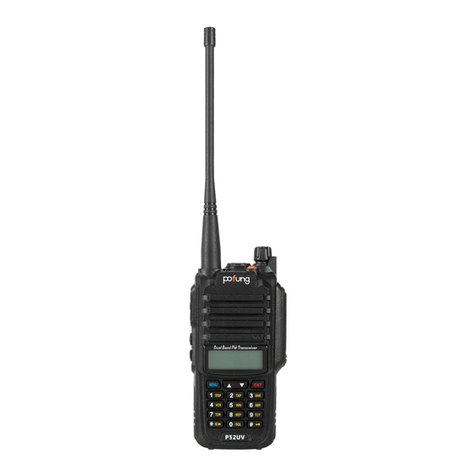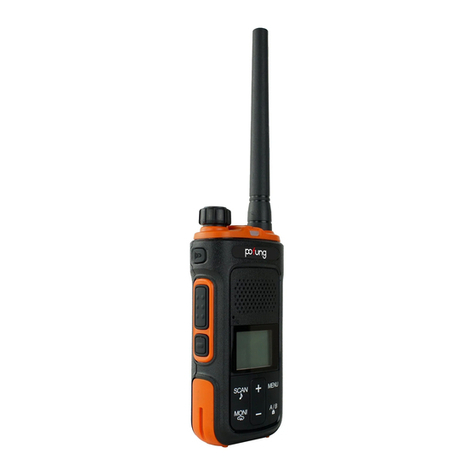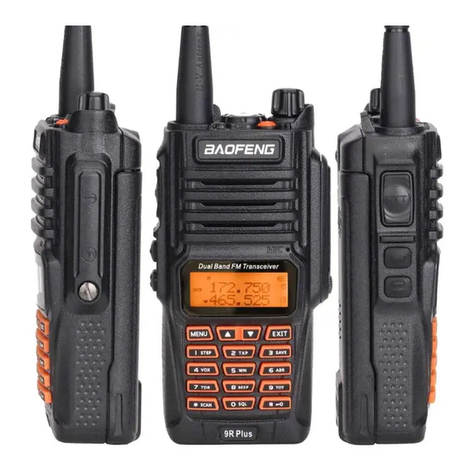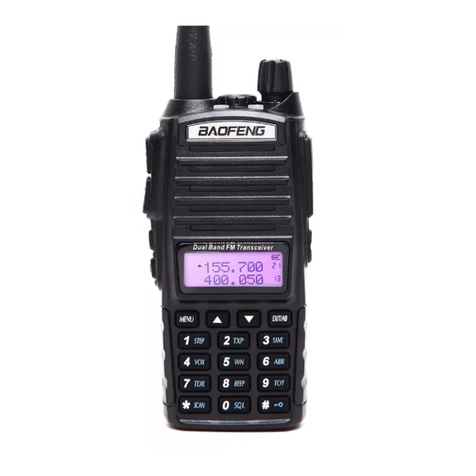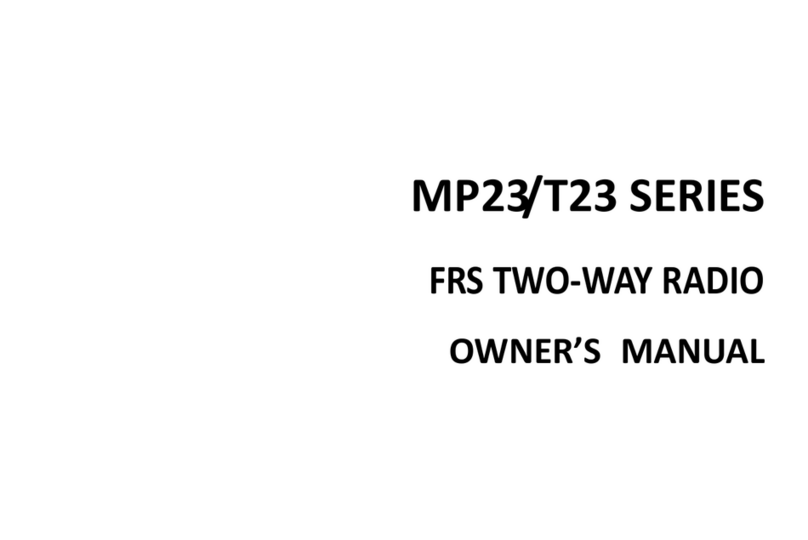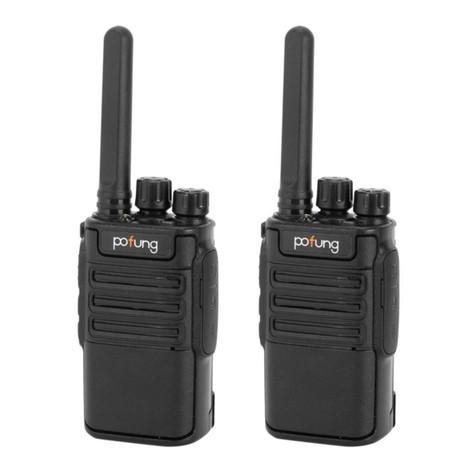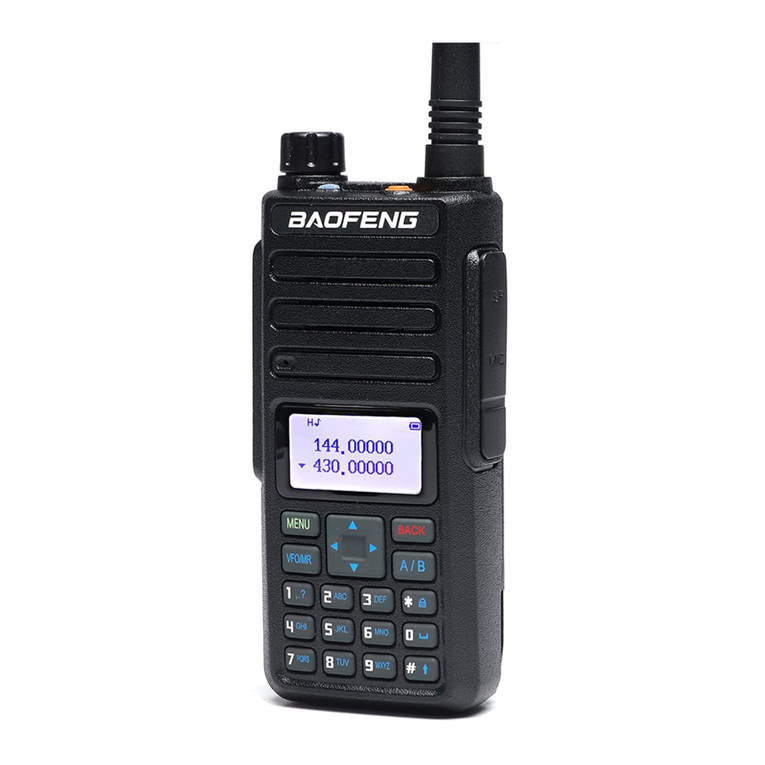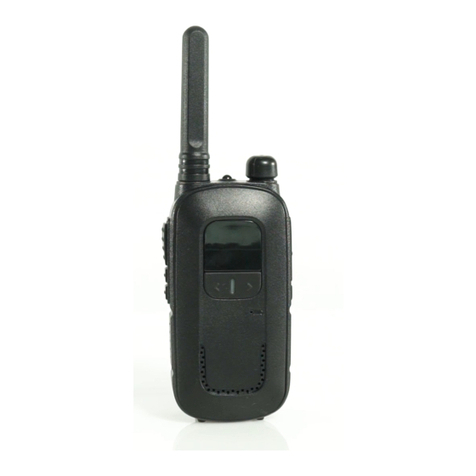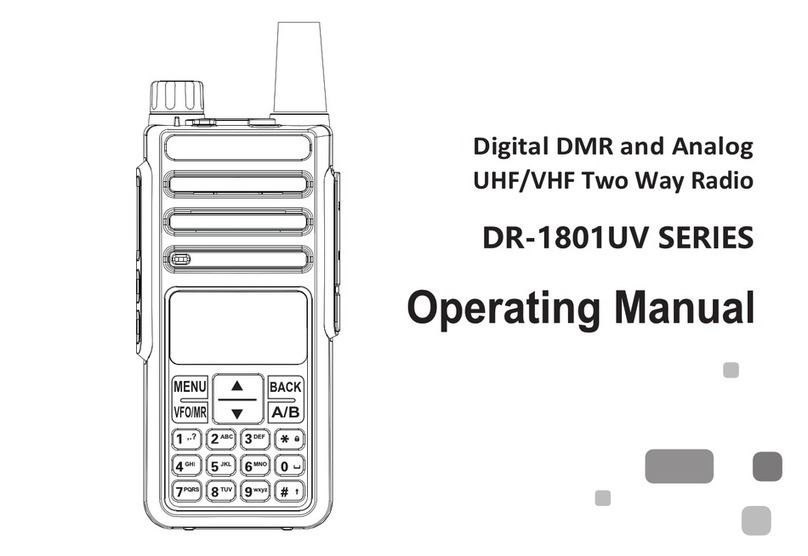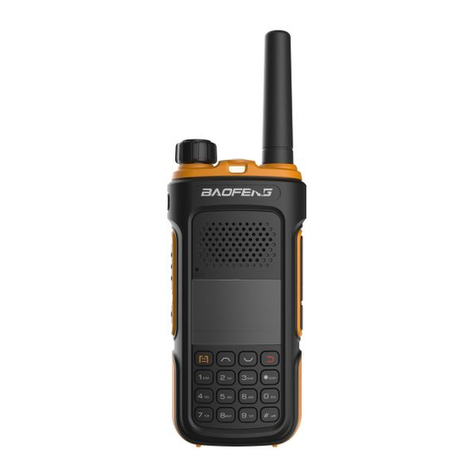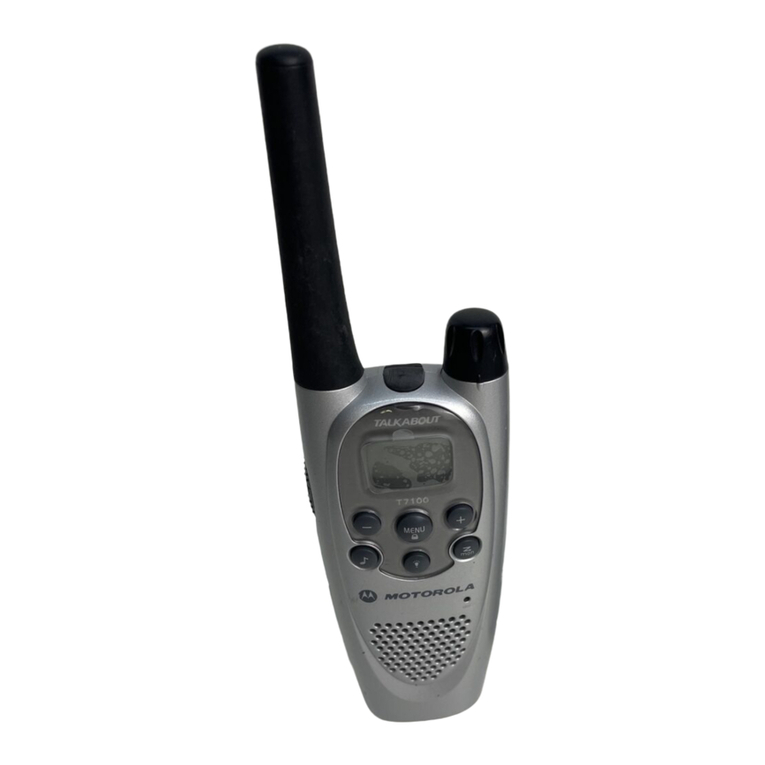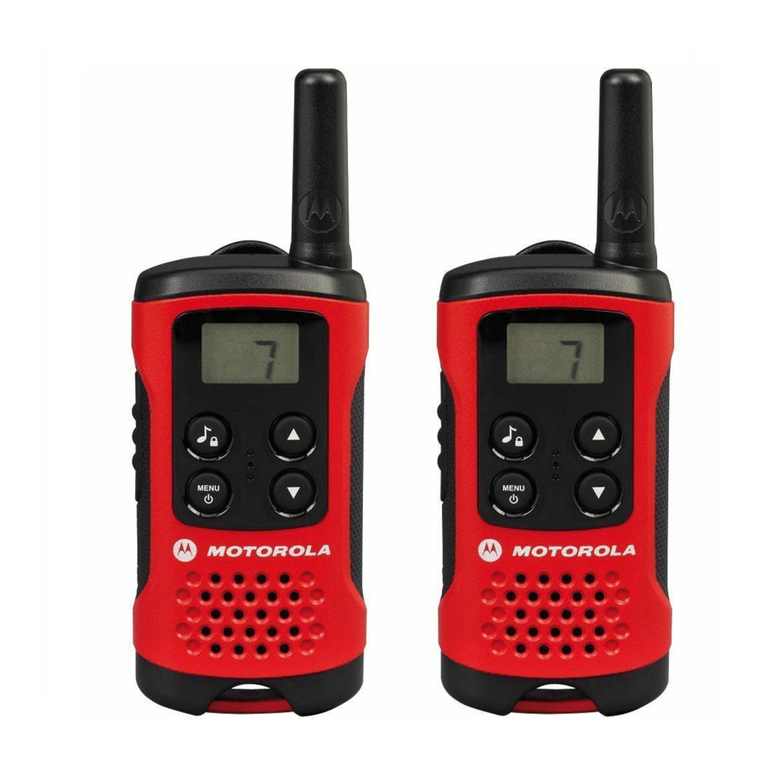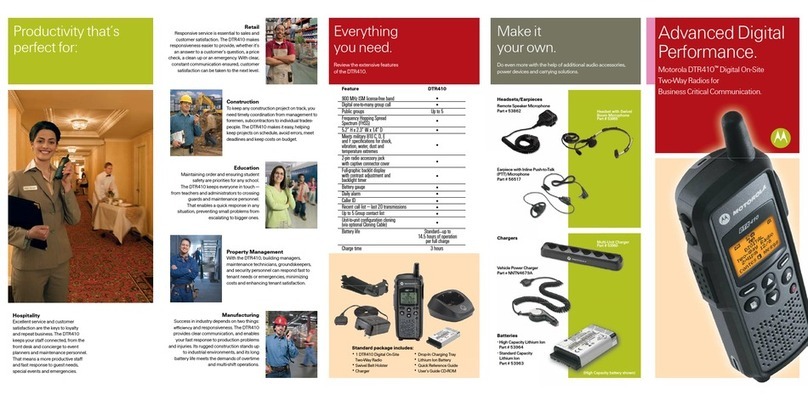
FCC Warnings
Our PO FUNG ELECTRONIC(HK) INTERNATIOANL GROUP COMPANY radio generators RF electromagnetic energy
during transmit mode.This radio is designed for and classified as“General/uncontrolled”,meaning it must be used
only during the course of employment by individuals aware of the hazards,and the ways To Minimize Such
hazards.
This radio is NOT intended for use by the“Occupational Use Only”in an uncontrolled environment. This radio has
been tested and complies with the FCC RF exposure limits for“General/uncontrolled”.
Inaddition, our PO FUNG ELECTRONIC(HK) INTERNATIOANL GROUP COMPANY radio complies with the following
Standards and Guidelines with regard to RF energy and electromagnetic energy levels and evaluation of such
levels for exposure to humans:
---IEEE Std. 1528:2013 and KDB447498, Evaluating Compliance with FCC Guidelines for Human Exposure to Radio
Frequency Electromagnetic Fields.
---American National Standards Institute (C95.1-1992), IEEE Standard for Safety Levels with Respect to Human
Exposure to Radio Frequency Electromagnetic Fields, 3 kHz to 300 GHz.
---American National Standards Institute (C95.3-1992), IEEE Recommended Practice for the Measurement of
Potentially Hazardous Electromagnetic Fields-RF and Microwave.
The information listed above provides the user with the information needed to make him or her aware of RF
exposure, and what to do to as-sure that this radio operates with the FCC RF exposure limits of this radio.
Electromagnetic Interference/Compatibility
During transmissions, PO FUNG ELECTRONIC(HK) INTERNATIOANL GROUP COMPANY radio generates RF energy
that can possibly cause interference with other devices or systems. To avoid such interference, turn off the radio
in areas where signs are posted to do so. DO NOT operate the transmitter in areas that are sensitive to
electromagnetic radiation such as hospitals, aircraft,and blasting sites.
Occupational/Controlled Use
The radio transmitter is used in situations in which persons are exposed as consequence of their employment
provided those persons are fully aware of the potential for exposure and can exercise control over their exposure.
Attention:
This radio complieswith IEEE and ICNIRP exposure limits for General/uncontrolled RF exposure emvironment at
operating duty factors of up to 50% and is authorized by the FCC for General/uncontrolled used. An appropriate
warning lable is affixed to all units. In order to comply with RF exposure requirements, a minimum distance of
2.5 cm must be maintained when held-to-face, and body-worn operations are restricted to the approved original
acessories (belt clip), a minimum distance of 0 cm. Do not use this device when antenna shows obvious damages.
This product is compliance to FCC RF Exposure requirements and refers to FCC website
https://apps.fcc.gov/oetcf/eas/reports/GenericSearch.cfm search for FCC ID: 2AJGM-UV-9G to gain further
information include SAR Values.
■Licensing Information
Use of Pofung radio in Canada/USA is subject to the rules & regulations of IC/FCC. IC/FCC requires no license
when operated in Canada/USA. Changes or modifications not expressly approved by PO FUNG COMPANY may
void the user authority granted by the IC/FCC to operate this radio and should not be made. To comply with
IC/FCC requirements, transmitter adjustments should be made only by or under the supervision of a person
